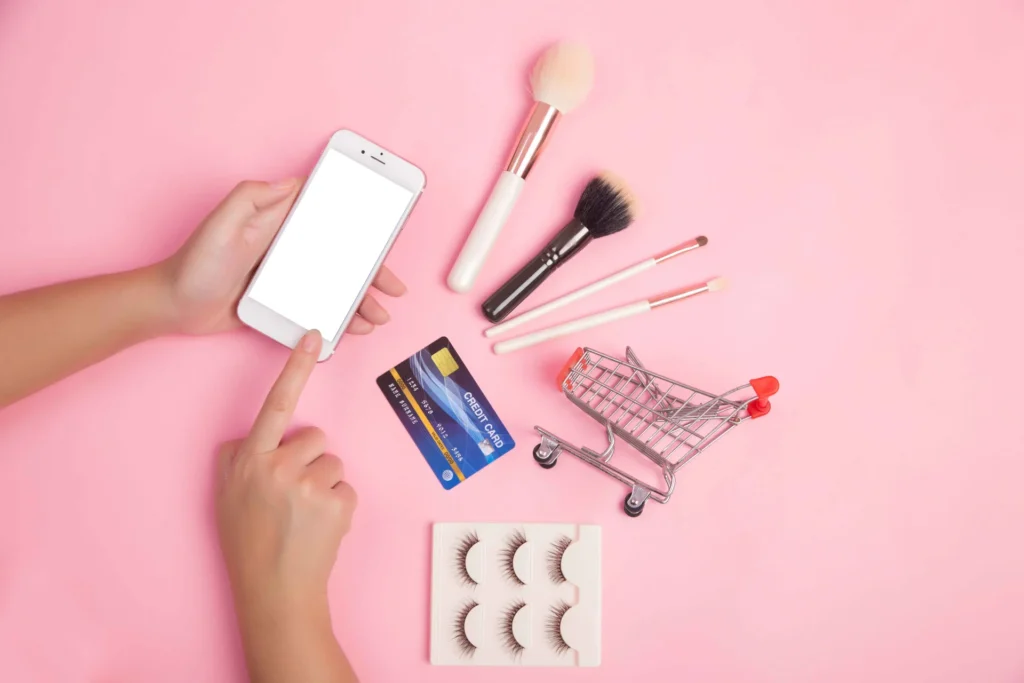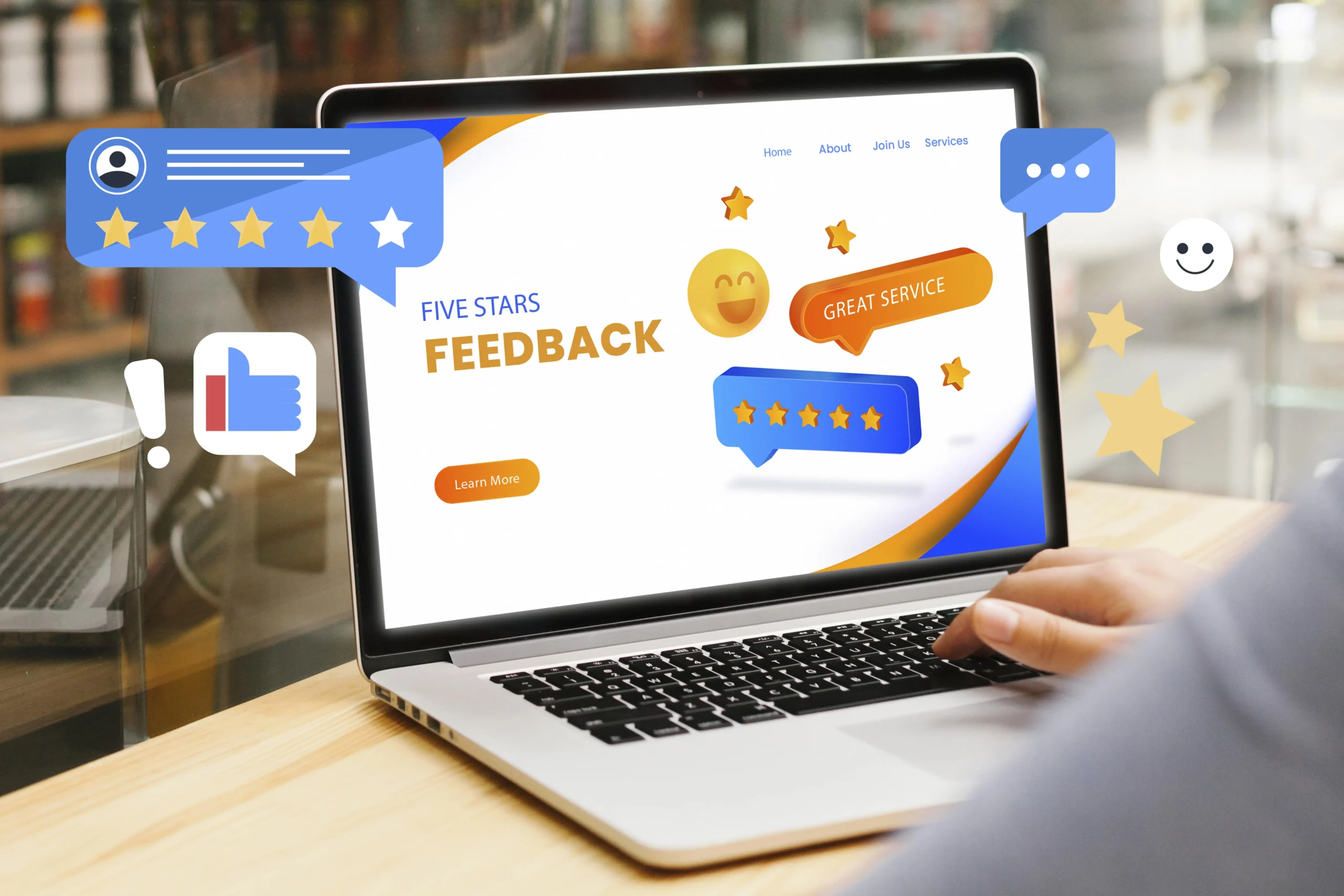We examine some key concepts that can assist e-commerce businesses with their decision-making. We explore the most resilient e-commerce categories.
The retail industry has had a particularly rough few years. Nevertheless, despite the industry’s steady growth in 2022–2023, it will face its challenges again. To weather economic storms and capitalise on expansion opportunities, shops should zero in on fundamental ideas that will make their offerings “recession-proof” so that they can come out on top when times get better.
E-commerce Logistics & Stats
The year 2022 proved highly successful for e-commerce due to technological advancements, diminishing pandemic, and renewed confidence in the supply chain.
According to eMarketer’s US e-commerce by Category 2022 report, retail e-commerce sales exceeded $1 trillion for the first time ever in 2022 – despite the raging global inflation. Growth reports reveal that inflation shouldn’t be a concern at all, as consumers spent an additional $2.8 billion from January to March 2022 on outsourced fulfillment.
As per the NPD group, in the first half of 2022, the beauty category stood out as a positive aspect for retailers and was the only non-essential retail category to witness an increase in the number of units sold. Sales of makeup products, such as lipstick, have increased by 20%, skin care products by 12%, fragrance products by 15%, and hair care products by 28%.
In 2023, the e-commerce industry is expected to recover to pre-pandemic levels fully, should current spending models continue. But, if inflation is currently at its highest in forty years, isn’t it paradoxical that an average customer can still enjoy an uninterrupted spending pattern, especially one focused on beauty fulfillment? It is. But that’s lipstick (effect) for ya.

What Is the Lipstick Effect?
During tough economic times, consumers tend to cut back on their overall spending. However, they still tend to indulge in small luxuries in the form of premium lipstick or other similar products. This tendency is known as the lipstick effect. This phenomenon is a boon for companies that specialize in these small indulgences, as they tend to remain resilient even during economic downturns when consumers may not have the means to splurge on big-ticket items.
Leonard Lauder, the former head of Estée Lauder, coined the term in relation to online shopping. He observed a marked rise in lipstick sales post the 9/11 terrorist attacks and speculated that this product could be an economic indicator.
Lipstick Effect in 2023
In January 2023, the US Consumer Price Index [CPI] decreased slightly for the seventh consecutive month, but the ‘lipstick effect’ remains prevalent. This term refers to the phenomenon where consumers continue to purchase small luxury items, such as lipstick, even during times of economic downturn.
Lipstick Effect Key Takeaways:
During an economic downturn, consumers tend to continue purchasing small luxury items, which is known as the lipstick effect. This phenomenon suggests that even though people still prioritize buying non-essential but affordable items that bring them pleasure.
Consumers facing financial difficulties seek ways to indulge in something that temporarily helps them escape their monetary concerns.
According to the lipstick effect, selling small luxury items can be an economic recession indicator and cannot be overlooked.
Health and Beauty Outperformed Overall E-commerce in AMER
In North America, the health and beauty category performed better than the overall e-commerce industry. During the first half of 2022, there was a 15% YoY increase in gross merchandise value (GMV) and the total number of orders, while the average order value (AOV) remained unchanged. However, the situation was different in APAC and EMEA.
In APAC, health and beauty merchants experienced a 6% increase in GMV, a 9% increase in orders, and a 3% decrease in AOV during H1 2022 compared to the same period in 2021. In EMEA, the health and beauty category witnessed a 1% drop in GMV, an 11% decrease in orders, and an 11% increase in AOV between H1 2021 and H1 2022.
Future of Health and Beauty in Online Shopping
The statistics speak for themselves: the health and beauty business is much ahead of the curve regarding online sales.
Some key developments from the first half of 2022 in this e-commerce sector include:
- Social commerce connects brands with customers, regardless of their physical location
- AR and VR help online and offline merge
- The convenience factor post-pandemic remains a primary focus
- The focus has shifted toward clean beauty
- The focus on diversity and inclusion is given the utmost importance

Leveraging the Lipstick Effect
Understanding the lipstick effect can impact e-commerce strategy. That’s because e-commerce retailers producing smaller luxury items popularized due to the lipstick effect may be immune to the effects of economic downfall.
Amid high inflation, Walmart is expanding its e-commerce beauty product offerings and introducing new beauty displays at numerous locations. Similarly, Target is incorporating Ulta Beauty shops into hundreds of its existing online stores. Other e-commerce stores may follow suit.
However, capitalizing on the lipstick effect in the industry valued at $532 billion is challenging.
Firstly, obtaining weekly or monthly sales data for cosmetic products can be challenging in e-commerce. This makes it difficult to forecast economic downturns based on the lipstick effect and poses a challenge for e-commerce businesses to anticipate surges in demand and efficiently manage their inventory levels.
The e-commerce cosmetics industry is also plagued with supply chain complexities. Businesses must face challenges such as supply chain management interruptions, customer expectations for brand responsibility and transparency, and the requirement for precise shipping and storage conditions followed by good pick and pack services.
Supply Chain Management & Outsourced Fulfillment
If you’re looking to up your game in the retail industry, it’s crucial to understand the different levels of digital acceptance among consumers, i.e., what consumers respond to the most. This knowledge can help you boost your expansion strategies and make smart investments in your company.
- Prioritize Supply Chain Stability in E-commerce – Ongoing supply chain disruptions, including factory closures, border delays, and natural disasters, could impact e-commerce businesses’ ability to accommodate sudden shifts in customer demand. To mitigate these risks, e-commerce businesses must invest in contingency strategies, avoid dependence on single-source suppliers, and increase inventory levels.
- Price Your Products Carefully – Finding the perfect balance is vital in e-commerce. If the price is too low, e-commerce retailers may find it challenging to produce a superior-quality product. The product priced too high for the e-commerce market may not attract potential buyers.
- Diversify Product Offering – Expanding your product range with competitively priced items is an excellent strategy for e-commerce businesses to entice new shoppers and delight their current customer base.
- Invest in Technological Investments – With the help of advanced AI solutions, e-commerce businesses can predict fluctuations in consumer demand, enabling them to manage their inventory levels more efficiently.
- Ensure an Efficient Supply Chain – To maintain a competitive edge and meet the needs of retailers in the cosmetics business while also meeting the many obstacles posed by supply and demand, it is essential to have a well-oiled supply chain.
- Enable Delivery: Beauty and health fulfillment are multi-layered experiences. Besides having access to a quality product, the 2022-2023 consumer expects more than quality. A company without an excellent online presence and pick and pack services gets easily lost on the customer’s radar. It’s wise to invest in this aspect of your beauty business.
- Offer Transparency & Accountability – Consumers emphasize brand transparency and accountability in today’s market. As a result, brand owners are responsible for providing high-quality products that meet customer expectations. This includes using quality raw materials and natural, organic ingredients and providing transparency and guarantees of product quality.
To ensure a positive customer experience, companies must consider all these aspects and deliver solutions worthy of buyers’ time and money.

Beauty Industry 2023 Projections
According to our projections, the US retail sales of cosmetic and beauty products will rise to $86.42 billion this year. Compared to 2022, this is a growth of 7.6%. In-store sales and luxury beauty products will be significant contributors to this growth. Still, in the future, technology is expected to have a substantial impact on boosting online sales.
Final Thoughts
The e-commerce industry has seen the health and beauty sector emerge as the most resilient category with a promising future. This industry has the potential for social commerce and can cater to both B2C and hybrid B2B selling.
In North America, there is a noticeable increase in the demand for health and beauty products. Mainly due to the growing spending power of Gen Z. To cater to consumer values such as sustainability, diversity, and inclusion, health and beauty merchants must adapt to changing consumer behaviour. With the evolution of e-commerce after the pandemic, health and beauty brands need to stay updated with the latest trends. Constant innovations are a must to remain competitive in the digital landscape. We follow e-commerce trends and numbers in our blog section, so follow us for more insights and details.









